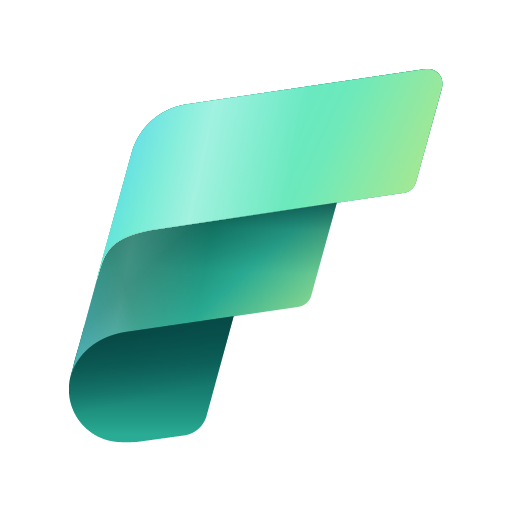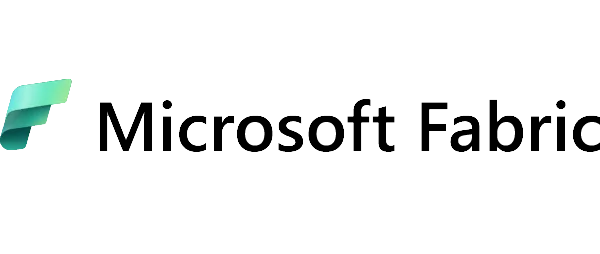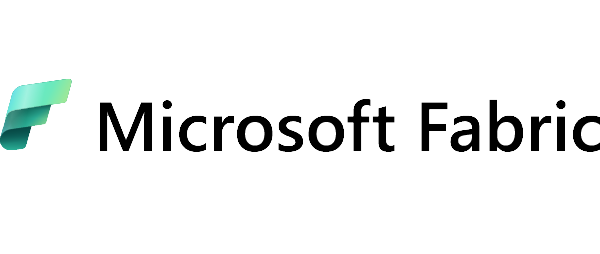Has your company ever faced the challenge of choosing the right data analytics platform? If so, you probably already know that today it’s about more than just reporting. Organizations now need tools that can do it all — from integrating data from multiple sources and processing it through ETL, to advanced analytics and machine learning. In short: companies are looking for all-in-one solutions that simplify the work of BI and IT teams.
Two major contenders dominate the market: Microsoft Fabric and Databricks. Both offer immense capabilities, but they differ in their approach, functionality, and target users. So which one is the better fit for your organization? In this article, we’ll compare the two from a business application perspective — not an academic one. Let’s see what each can really do — and which is better suited to your team’s needs.
What is Microsoft Fabric?
If you’re already using Power BI or Data Factory, then Microsoft Fabric could be the natural next step. It’s a modern analytics platform that brings all key data tools together in one place — within a fully integrated environment. Sounds promising? It gets even better in practice.
Microsoft Fabric is an end-to-end solution that supports the entire data journey: from ingestion and transformation to modeling, analysis, and finally visualization and sharing. All of this happens in one consistent interface, with no need to jump between different apps.
With Microsoft Fabric, you get:
- Power BI – for building interactive reports
- Data Factory – for designing data pipelines (ETL/ELT)
- Lakehouse – a modern data repository combining the best of data lakes and data warehouses
- Data Engineering, Data Science, Real-Time Intelligence – specialized workspaces for advanced data use cases
- OneLake – a centralized data lake for the entire organization
The platform runs on Microsoft Azure and is tightly integrated with Microsoft 365, which means it works seamlessly with tools like Excel, Teams, and Outlook. Business users can explore and analyze data in a familiar environment — without needing to write code or rely on IT support.
What’s more, Microsoft Fabric is designed to be accessible to a wide range of users — from business analysts to data engineers. It helps bring order to data chaos, automates repetitive tasks, and empowers teams to make faster, more informed decisions.
What is Databricks?
If Microsoft Fabric is the “all-in-one package for business,” then Databricks can be called the “analytical engine for advanced users.” It was created by the team behind Apache Spark – one of the most popular engines for large-scale data processing.
Databricks is an analytics platform focused on working with massive data sets, machine learning, and big data projects. It’s loved by data scientists, data engineers, and anyone who needs high flexibility and precise control over every stage of data processing.
Why do companies choose Databricks?
- it supports multiple languages: Python, R, Scala, SQL,
- it can run on various clouds (Azure, AWS, GCP),
- it offers a high level of control over the computing environment.
Sound technical? That’s because it is. Databricks is a tool designed for specialists who already have experience working with data and want to build advanced AI solutions, predictions, scoring models, and other projects that can’t just be “clicked together.”
Key differences between Microsoft Fabric and Databricks
While Microsoft Fabric and Databricks share a similar goal – helping companies work with data – in practice, they represent two entirely different philosophies. Below we compare them across five key areas that typically matter most for B2B teams.
a) Target user
Microsoft Fabric was designed for BI teams, business analysts, and Power BI users who want to analyze data without writing complex code. It’s a great option for companies already using the Microsoft 365 ecosystem and looking to expand their reporting capabilities.
Databricks, on the other hand, is primarily built for data engineers, developers, and machine learning specialists who work daily with large datasets and need freedom to build custom analytical solutions.
b) Ease of use
Microsoft Fabric offers an intuitive low-code/no-code interface, allowing users to perform many tasks without manual programming. However, if you want to create more advanced reports, predictive models, or ETL processes, you can use code in languages such as DAX, SQL, or Python.
In Databricks, coding is the norm. Building pipelines, data transformations, or ML models is done using Python, SQL, R, or Scala, and users work in notebooks and development environments. This approach provides great flexibility but also requires solid technical skills.
c) Integrations and ecosystem
Microsoft Fabric operates fully natively within the Microsoft ecosystem — integrating with Power BI, OneLake, Azure Data Factory, Azure ML, and tools from the Microsoft 365 suite, but it also connects with tools outside the Microsoft ecosystem.
Databricks focuses on flexibility. You can run it on Azure, AWS, and Google Cloud, and integrate it with a wide variety of languages and open-source tools. This is a big plus for organizations with a more diverse infrastructure.
d) Approach to Lakehouse
Both platforms support the Lakehouse approach – combining the benefits of data lakes and data warehouses. But they use different technologies.
Microsoft Fabric is based on OneLake – Microsoft’s new data layer that allows data sharing between services without duplication.
Databricks relies on Delta Lake – an open data format optimized for reliability, versioning, and handling large volumes.
e) AI and ML capabilities
Fabric integrates with Azure Machine Learning and the new Copilot, which supports users in data analysis, report creation, and text data exploration – all without writing code.
Databricks offers greater technical control: it has its own machine learning runtime, libraries for model building (including MLflow, PyTorch, TensorFlow), and flexibility for creating custom ML pipelines.
When should you choose Microsoft Fabric?
Microsoft Fabric is the best choice for companies already using Microsoft 365, Power BI, or other Microsoft ecosystem tools. This ensures a quick implementation and minimal learning curve for users.
If your goal is effective business reporting, easy cross-team collaboration, and fast access to data – Fabric is a perfect fit. It’s especially suitable for business analysts who want to build reports and transform data without coding (though more advanced features are available, too).
In short, go for Microsoft Fabric when:
- Your company already uses Power BI or Microsoft 365
- You need BI tools that are business-user-friendly
- You want fast data insights without involving the IT team
- You’re looking for an end-to-end platform – from data processing to visualization
When is Databricks a better choice?
Databricks is an excellent option for organizations with large teams of data scientists, data engineers, and ML/AI specialists. If your projects require high flexibility, processing huge data sets, and using custom analytical models – Databricks will be a perfect fit.
This tool works especially well in cloud environments independent of Microsoft – for example, if your company operates on AWS or Google Cloud. Another big advantage is full control over the code and the ability to work in languages such as Python, Scala, SQL, or R.
In short, choose Databricks when:
- You have a team of technical specialists (data science / data engineering)
- You develop advanced analytical or AI/ML projects
- You work with large volumes of data and need high performance
- You want to operate independently of the Microsoft ecosystem
Summary
Microsoft Fabric is a solution revolutionizing data analysis for companies using the Microsoft ecosystem. Thanks to integration with Power BI, OneLake, and Microsoft 365, you get a cohesive, intuitive platform that enables reporting, data processing, and business collaboration — without the need for complex coding. It’s an ideal tool for BI teams and analysts who want to act quickly, effectively, and in a user-friendly environment.
On the other hand, Databricks is designed for the most advanced applications in machine learning, data engineering, and big data. Its immense power and flexibility come with a high level of complexity. Without knowledge of Python, SQL, and frameworks like Spark, it’s difficult to fully leverage its capabilities. It’s a solution for companies with experienced data science teams needing highly customized solutions.
If you value fast implementation, clear reports, and smooth collaboration between teams, Microsoft Fabric will be the more natural choice. Databricks is for those who build their own algorithms, work with petabytes of data, and need complete technological freedom — at the cost of greater complexity.
Contact our experts — we’ll help you select the technology best suited to your team’s needs and data strategy.
Schedule a free consultation and start building a modern analytics environment with a Microsoft partner!



